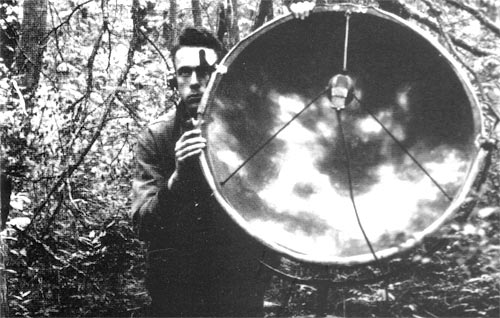John Lee Hooker, Leonard Bernstein, and the Ivory-billed Woodpecker Go to Washington
June 10, 2009
The Library of Congress today added 25 historic recordings to the National Recording Registry. They were mostly songs, ranging from jazz to country to blues to opera, although poets, politicians, and comedians also made appearances. The only nonhuman voice to make the select group was the Ivory-billed Woodpecker. You can listen to its nasal kent calls arriving from 74 years in the past on this montage of the recordings.
The National Recording Registry was established in 2000 and now contains 275 entries. Its purpose is to preserve the best available recordings of “culturally, historically, or aesthetically significant” material. You can nominate your favorite historic sounds for next year’s installment at this Library of Congress website.
The Ivory-billed Woodpecker was recorded (and filmed) in Louisiana in 1935 by Cornell Lab of Ornithology founder Arthur Allen and colleague Peter Paul Kellogg. It appears alongside Leonard Bernstein’s score from West Side Story and John Lee Hooker’s blues recording of “Boogie Chillen.” For more about the recording, see our Ivory-billed Woodpecker website.
Other notable inductions? Marian Anderson’s recital on the steps of the Lincoln Memorial, Dylan Thomas reading “A Child’s Christmas in Wales,” Link Wray’s growling guitar “Rumble,” and Mel Brooks cracking up an audience as a 2000-year-old man. (Full list here.)
But you’ll hear only one of these famous artists actually beating its head on a tree—and if you ask me, that’s the one that sticks in the mind.

All About Birds
is a free resource
Available for everyone,
funded by donors like you
American Kestrel by Blair Dudeck / Macaulay Library
